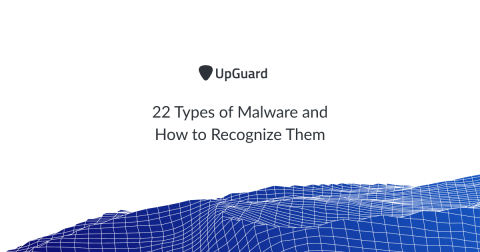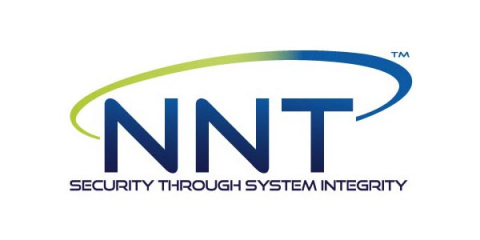Importance of Timely Malware Detection and Termination
The risk to supply chain assets due to malware is huge and the build, test and production environments are always at risk of suffering a malware attack. What ensues is failure of existing detection methods failure and compromise of software development lifecycle. Environments are often exposed to all imaginable vectors of attack caused by insider contamination due to malicious third-party software components. The production environment is at a high risk too.








